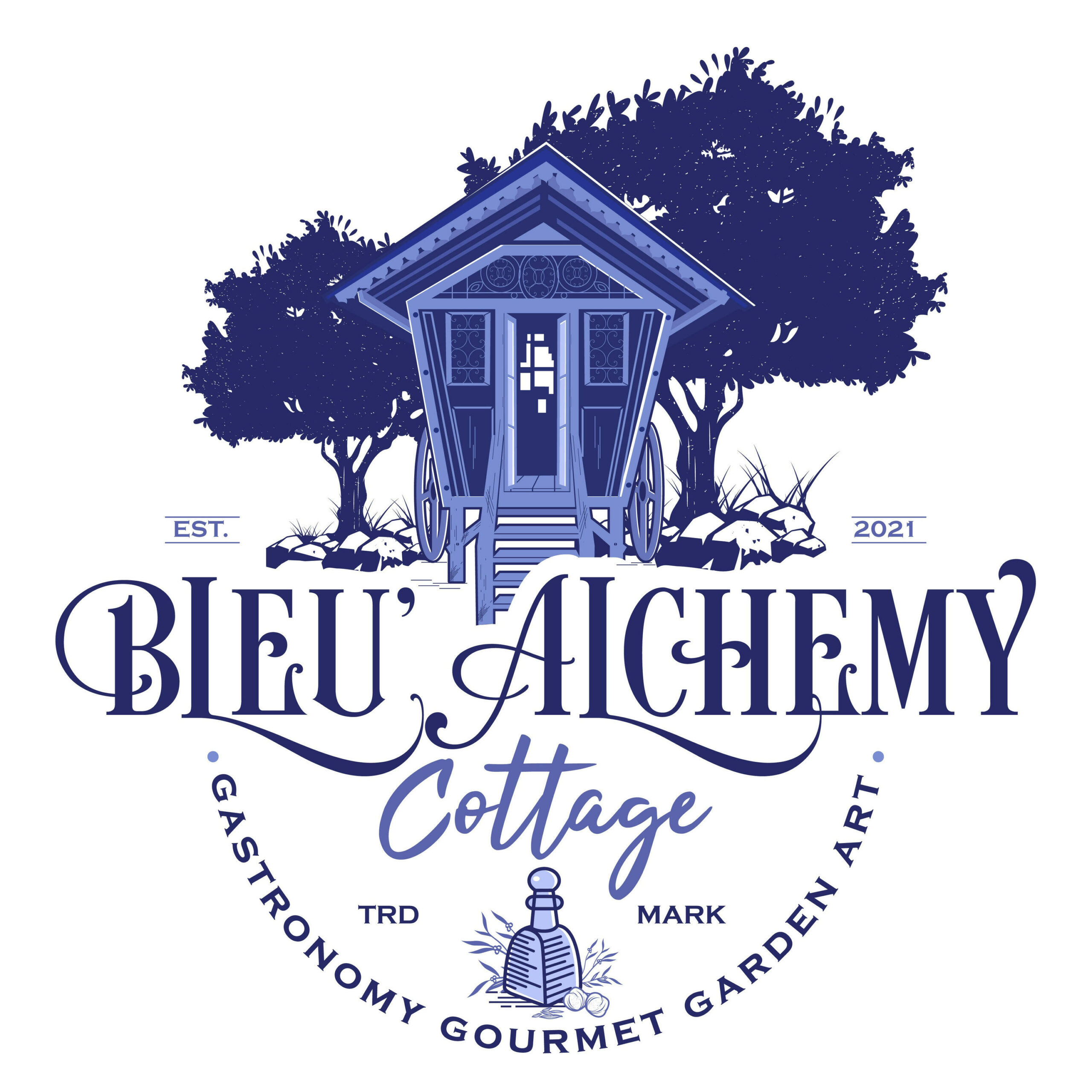The Vardo
The biography of the gypsy cavalcade wagon, also known as a vardo, is deeply intertwined with the wayfaring culture of Romani society, they commenced from northern India and journeyed to Europe around the 10th century. The use of vardos became widespread among the Romani in the 19th century, serving as both a means of passage and a caravan that could fit their nomad habits, customs, and beliefs.
The Vardo Is A Form Of Art
The expression “vardo” comes from the Persian word vurdon (wagon), reflecting the Romani’s Indo-Aryan verbal origins. The vardo was a form of art, exhibited the artisan and lovely passions of the Romani clans.
Vardos are specific in their intricate design, handcrafted and chiseled woodwork, vibrant colors, and ornate characteristics. Gold leaf, brass Gothic architecture, with glistening metalwork. The interiors were extravagant artistic fabrics, embellished woven material, and porcelain, showing the pride of the Romani homes. The vardo reflected the excellence of living in small spaces with its folding tables, sleeping spaces, and compartments to finesse family living within a small space.
Gastronomy Of The Romani People
The Romani people’s gastronomy was varied and versatile, reflecting their roving way of life, the geography they traveled, and the hamlets they socialized with. The cuisine they may have consumed would have been influenced by local traditions, the seasonality of fruits and vegetables, and the feasibility of cooking while nomadic. They were foragers of plants, herbs, and berries. Their bread was baked in traditional ovens or cooked over an open fire. Grains available in the region they were residing such as rice or cornmeal were also found on their dinner table. Poultry, lamb, pork, and game when available including fish provided a source of protein that was cooked over the open fire in stews and soup. Legumes such as beans and lentils were a staple. Milk, cheese, and butter were a part of their diet, depending on their location. Pastry and sugar treats were a part of special occasions when these ingredients could be found.
The Romani gastronomy was mainly affected by the seasons and geography they traveled through that included elements of different cultures.
The renaissance of the horse-drawn vardo was in the late 19th to early 20th centuries and they minister as a memorial of societal culture and history of the Romani people.
Nancy AE Berberet Mayfield – Bleu’ Alchemy Cottage
Connect With Us On Instagram - YouTube - Pinterest - Via Email & TelephoneVardos are specific in their intricate design, handcrafted and chiseled woodwork, vibrant colors, and ornate characteristics.
Nancy AE Berberet Mayfield – Bleu’ Alchemy Cottage
